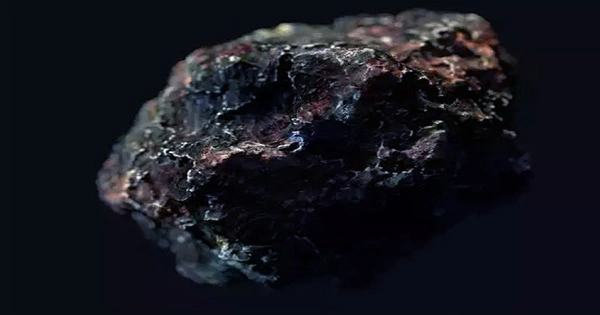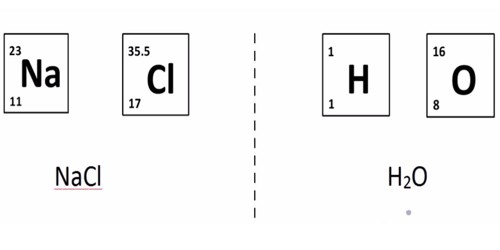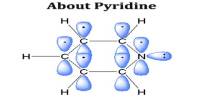Researchers have figured out how a unique type of diamond is made in space. The unusual hexagonal diamonds were discovered in four meteorites in north-western Africa and are not seen in nature on our planet. We might now be able to identify their origin.
A dwarf planet with carbon in its mantle existed in the inner Solar System billions of years ago. That carbon was crushed into lonsdaleite following a catastrophic collision with a huge asteroid, where the carbon atoms are arranged in a hexagonal lattice rather than the cubic arrangement found in typical diamonds.
The ureilite meteorites, a rare variety of rocky space rocks that are abundant in carbon and typically contain graphite and nanodiamond, are where these lonsdaleite crystals were trapped. Researchers found a link between all these various carbon-based minerals that suggests diamonds formed from the mantle of a long-dead dwarf planet in a recent report published in the Proceedings of the National Academy of Sciences.
They contend that the graphite changed into lonsdaleite and diamond. Layers of carbon arranged in a hexagonal grid make up graphite. According to the research team, the impact produced a supercritical fluid consisting of carbon, hydrogen, oxygen, and sulfur. High temperatures and moderate pressures were used to interact with the graphite, allowing the carbon to retain the hexagonal distribution of the graphite but in a 3D space rather than a 2D layer.
Later, as the atmosphere cooled and the pressure dropped, lonsdaleite was partially replaced by diamond, according to a statement from the study’s lead author, Professor Andy Tomkins of Monash University.
By examining the meteorites slice by slice using cutting-edge electron microscopy methods, the team was able to produce a series of images that illustrated how lonsdaleite developed and how it was largely replaced by diamonds and graphite.
According to senior author Professor Dougal McCulloch of RMIT University, “We have also found the biggest lonsdaleite crystals known to date, which are up to a micron in size—much, much thinner than a human hair.”
Due to its structure, lonsdaleite is thought to be much harder than diamonds, although testing this has proven challenging because naturally occurring examples are so small. But as McCulloch noted, the four African meteorites included crystals that were 1,000 times larger than any previously seen, measuring up to a micrometer.
“Thus, nature has given us a method that we might try to use in business. If we can create an industrial method that encourages the replacement of pre-shaped graphite parts with lonsdaleite, we believe that lonsdaleite might be used to create tiny, ultra-hard machine parts “Thomasins clarified.
In honor of pioneering British crystallographer Kathleen Lonsdale, the substance is known as lonsdaleite. They were the first two women elected as Fellows of the Royal Society in 1945, along with scientist Marjory Stephenson.
















